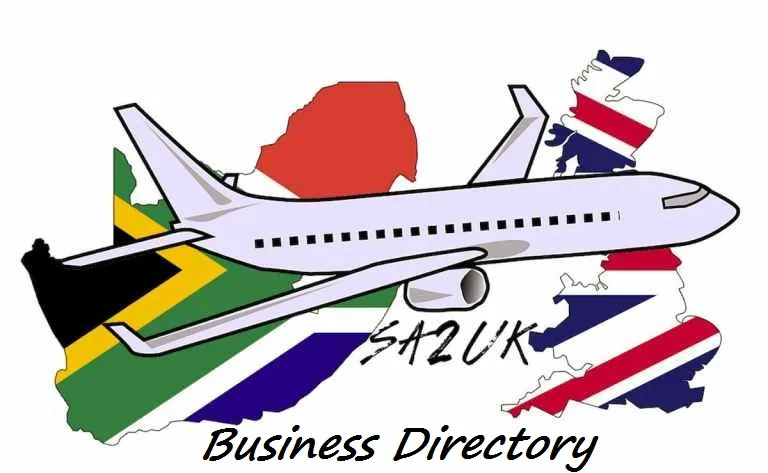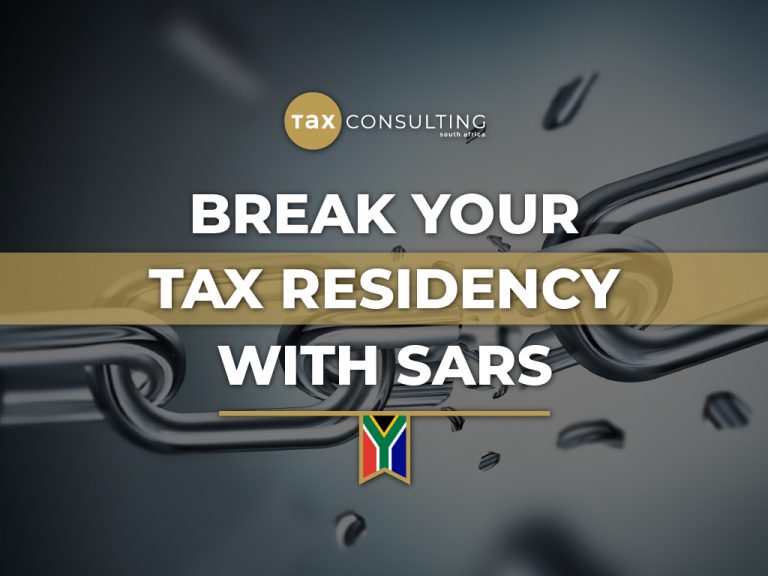
British Roads
- Distances on road signs are measured in miles.
- Intercity roads are usually busier between 8-9.30am and 5-7pm when people are travelling to/from work/schools on weekdays.
- GPS is good, but it’s a good idea to keep a map handy.
- Electronic information notices on motorways will also warn of roadworks, speed restrictions, accidents or patches of fog.
Some driving rules in the UK
Speed limits range within 20-40mph (32-64 km/h) in built-up areas and a maximum of 70mph (112 km/h) on motorways or dual carriageways. Look out for speed signs on other roads.
- Third-party insurance is the legal minimum
- You must have motor insurance to drive your vehicle on UK roads
- You can be given a fixed penalty of £300 and 6 penalty points if you’re caught driving a vehicle you’re not insured to drive
- If you have an accident that causes damage or injury, you must give your name and address and the vehicle registration number to anyone with reasonable grounds for requiring them, for example, an insurance company
- You must wear a seatbelt in cars, vans, and other goods vehicles when you are driving in the United Kingdom.
- Do not drink and drive in the UK as the penalties are severe; see the official government website to check the legal limit.
- It is illegal to use a mobile phone while driving, unless it is operated hands-free. Even then it’s advisable you put your phone away while you drive, as you could still be prosecuted if your phone causes a distraction leading to an accident while you’re at the wheel.
- Level crossings, found at railway lines, often have automatic barriers. If the lights are flashing red, it means a train is coming and you must stop.
Know your traffic signs
Road traffic signage in Great Britain, including information on the signing system
If police catch you speeding, you can risk the following:
- A verbal warning
- Attending a speed awareness course, which you’ll have to pay for
- A Fixed Penalty Notice (a speeding ticket) plus a £100 fine
- Prosecution. You will have to go to court and you could face a fine of up to £1,000 (£2,500 if you were speeding on the motorway) and a possible driving disqualification
Road etiquette
Horns should only be used when someone’s driving behaviour is really dangerous – and only a quick pip. Any prolonged sounding of the horn is considered hostile.
In traffic, always let at least one car in at junctions and exits where possible. It’s only polite!
Don’t ever try to queue jump (go up the wrong lane and then try to get in late). Drivers will not let you in and you may find yourself blocked deliberately.
British roads are fairly narrow. The vehicle coming uphill is always given priority.
Don’t drive too close to the vehicle in front of you. Understand that some drivers make an effort to maintain a safe, legal, braking distance behind the car in front.
Flash your lights or blink your hazard lights a few times to express ‘thank you’, ‘you’re welcome’ or ‘go ahead’, depending on the situation.
The Highway Code
The highway code UK covers England, Scotland and Wales. With a separate edition for Northern Ireland.
The aim of the highway code is to make the roads safer for everyone.
The Highway Code is an essential read if you are going to be driving in the United Kingdom,
as it gives information about all the types of road signs you will see and all the current highway regulations and laws:
Introduction
Who The Highway Code is for, how it’s worded, and the consequences of not following the rules.
The highway code book
You can find a copy of the highway code at many online retailers and most bookshops.
The highway code can also be accessed for free on the gov.uk website.
The highway code is broken down into specific sections
- Rules for pedestrians, including general guidance, crossing the road, crossings, and situations needing extra care.
- Rules for powered wheelchairs and mobility scooters, including on pavements and on the road.
- Rules about animals, including horse-drawn vehicles, horse riders and other animals.
- Rules for cyclists, including an overview, road junctions, roundabouts and crossing the road.
- Rules for motorcyclists, including helmets, carrying passengers, daylight riding and riding in the dark.
- Rules for drivers and motorcyclists, including vehicle condition, fitness to drive, alcohol and drugs, what to do before setting off, vehicle towing and loading, and seat belts and child restraints.
- Signals, stopping procedures, lighting, control of the vehicle, speed limits, stopping distances, lines and lane markings and multi-lane carriageways, smoking, mobile phones and sat nav.
- Rules for using the road, including general rules, overtaking, road junctions, roundabouts, pedestrian crossings and reversing.
- Rules for road users requiring extra care, including pedestrians, motorcyclists and cyclists, other road users and other vehicles.
- Rules for driving in adverse weather conditions, including wet weather, icy and snowy weather, windy weather, fog and hot weather.
- Rules for waiting and parking, including rules on parking at night and decriminalised parking enforcement.
- Rules for motorways, including rules for signals, joining the motorway, driving on the motorway, lane discipline, overtaking, stopping and leaving the motorway.
- Rules for breakdowns and incidents, including rules for motorways, obstructions, incidents, incidents involving dangerous goods and documents.
- Rules for road works (including on high-speed roads), level crossings and tramways.
- Light signals used to control traffic, including traffic light signals, flashing red lights, motorway signals and lane control signals.
- Signals used to other road users, including direction indicator signals, brake light signals, reversing light signals and arm signals.
- Signals used by authorised persons, including police officers, arm signals to persons controlling traffic, Driver and Vehicle Standards Agency officers and traffic officers and school crossing patrols.
- Traffic signs used, including signs giving orders, warning signs, direction signs, information signs and road works signs.
- Road markings used, including those across the carriageway, along the carriageway, along the edge of the carriageway, on the kerb or at the edge of the carriageway and other road markings.
- Vehicle markings used, including large goods vehicle rear markings, hazard warning plates, projection markers and other markings.
- Information and rules about you and your bicycle.
- Information and rules about motorcycle licence requirements.
- Information and rules about motor vehicle documentation and learner driver requirements.
- Information about the road user and the law, including acts and regulations.
- Information and rules about penalties, including points and disqualification, a penalty table, new drivers and other consequences of offending.
- Information and rules about vehicle maintenance, safety and security.
- Information about first aid on the road, including dealing with danger, getting help, helping those involved, and providing emergency care.
- Information about the safety code for new drivers, including the New Drivers Act and further training.
If you’re in an accident
Find out here what to do if you have an accident while driving in the United Kingdom.
Traffic information
Find all the latest information for traffic conditions on the motorways.
The AA provides travel information and a roadside breakdown recovery service
MOT
The MOT test checks that your vehicle meets road safety and environmental standards.
You must get an MOT for your vehicle by either:
- The third anniversary of its registration.
- The anniversary of its last MOT if it’s over 3 years old
Driving Licences
Moving to the UK and changing your driver’s license is relatively easy for citizens of most countries.
How to exchange your driver’s license in the UK
To exchange your license, the process is pretty straightforward. You will need to complete an application form. This is available online at www.direct.gov.uk/motoringforms or via most post offices. Return it to the DVLA along with your license and the fee for exchanging licenses. A list of local DVLA offices is available at www.direct.gov.uk/dvlalocal
Find out more about how to exchange your non-British driving licence for a British licence.
You can apply for a provisional driving license when you’re 15 years and 9 months old. You can start driving a car when you’re 17.
You must be supervised when you’re learning to drive a car. This can be by a driving instructor or someone else who meets the rules, for example, family or friends.
Renew or change a lorry or bus licence
Electric vehicles and charging points
There are numerous providers who offer a network of electric vehicle charging points in Britain’s major cities and across the main road network. There are more than 20,000 charging locations already in operation, while others require a payment using a contactless debit or credit card.
The Zap Map phone application can be used to find your nearest charging point. Note that a number of rural areas may not have charging points and you may wish to consider this when looking at car hire.
Car Finance

How to hire a car in the UK
Do your research when hiring a car in the United Kingdom to ensure you get the best price.
You will find car rental desks at airports and coastal ports, as well as others conveniently located in city centres and major towns.
The companies should include insurance cover with the car rental, so check this when you hire. They will also require a credit card in the name of the main driver for a deposit. At the hire desk, you will need to show your driving licence, proof of address and your passport to pick up your car.














